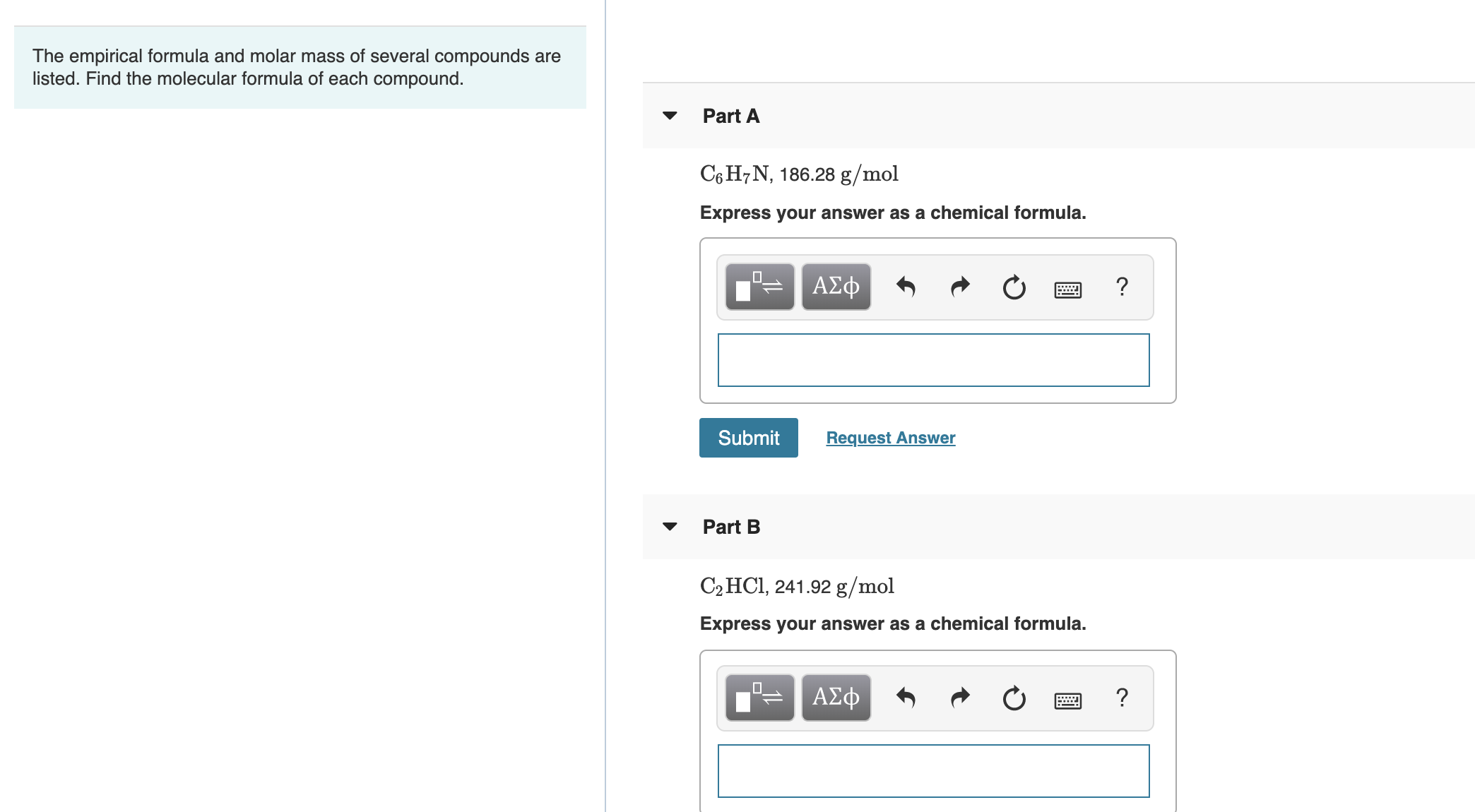

So we now know we need 10.8 g of NaOH to exactly neutralise our amount of hydrochloric acid. Mole * molecular weight = mass (rearrange the equation)Īs 1.626×10 23 molecules of NaOH is also equal to 0.27 moles, and we know that the molecular weight of NaOH is 40, we can use these numbers to get: Performing these two conversions in a single-line gives 46.0 g of CO 2: The molar ratio between CO 2 and HCl comes from the balanced chemical equation. We will need the molar mass of CO 2, which is 44.01 g/mol. Mole = mass / molecular weight (mulitply both sides by molecular weight) Our strategy will be to convert from moles of HCl to moles of CO 2 and then from moles of CO 2 to grams of CO 2. As we need to find the mass of NaOH to add, lets quickly rearrange the equation: Now we know the amount of molecules of HCl we have, and, since the reaction is 1:1, we need the exact same number of molecules of NaOH to neutralise it. We can work out the number of molecules by timesing the moles by Avogadro's constant above. Lets plug these numbers into the above equation: We know we have 10 g of HCl, and it has a molecular weight of 36.5 g / mol. Hydrochloric acid density, pH, melting point.
MOLAR MASS OF HCL HOW TO
Let's do a quick example to help explain how to convert from moles to grams, or grams to moles. Using the equation Mass HCl Moles HCl x Molar mass HCl we can determine that 4.00 mol x 36.46 g mol-1 is 146 g. If you wanted to find the concentration of the hydrochloric acid, you could use our concentration calculator. To know how to calculate moles, the equation is: It is therefore useful to find out exactly how many molecules of HCl are in the solution. Now, you want the resulting solution to be perfectly neutral, so you don't want to add too much or to little NaOH, making it too basic or acidic respectively. Lets say you want to neutralise 10 g of hydrochloric acid (HCl in water) with some sodium hydroxide (NaOH). So why do chemists use moles, and why do you need a mole calculator? Well, as we said above, it provides a useful metric when dealing with reactions. As 1.626×10 23 molecules of NaOH is also equal to 0.27 moles, and we know that the molecular weight of NaOH is 40, we can use these numbers to get: mass 40 0.27 10.8 g. Turns out that memorising that definition for my GCSE chemistry exam was pointless. Molar mass of HCl is 36.4609 g/mol Compound name is hydrogen chloride Get control of 2022 Track your food intake, exercise, sleep and meditation for free. mole mass / molecular weight (mulitply both sides by molecular weight) mole molecular weight mass (rearrange the equation) mass molecular weight mole. Prior to that, a mole was defined as the number of atoms in 12 grams of carbon-12 (an isotope of carbon). The official International System of Units definition is that a mole is the amount of a chemical substance that contains exactly 6.02214076×10 23 ( Avogadro's constant) atoms, molecules, ions or electrons (constitutive particles), as of 20 th May 2019. A mole is how chemists define an amount of substance, useful when dealing with many different molecules reacting at once (i.e.

Just kidding - we're sure you've never heard that joke before. A mole is small, subterranean mammal belonging to the family Talpidae.


 0 kommentar(er)
0 kommentar(er)
